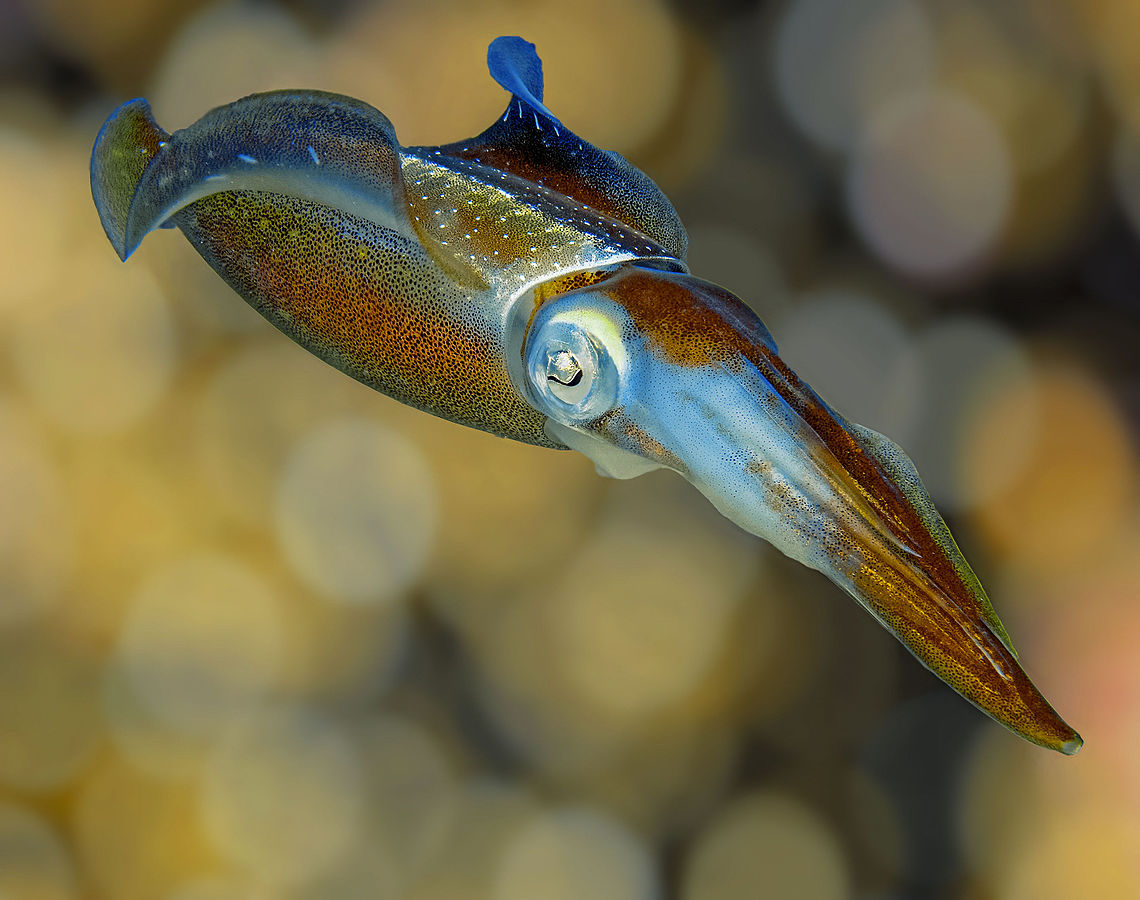This post is also available in:
 עברית (Hebrew)
עברית (Hebrew)
As it turns out, squids can make quite the contribution to military innovation. A research published recently by Northeastern University professor Leila Deravi demonstrates that the pigment granules found in cephalopod skin can be extracted and used to make ultrathin films that could potentially have utility across a wide variety of applications. Deravi’s team, in conjunction with the U.S. Army Natick Soldier Research, Development, and Engineering Center, leveraged a deep understanding of cephalopod anatomy and physiology in order to arrive at their results. The team extracted enough squid pigment particles to do more than just study them individually—they were able to literally synthesize the fragments into full spools of fiber.
According to engineering.com, cephalopods, a class of carnivorous mollusk including squids and octopuses, have the ability to change colors to adapt to their environment. The anatomical features that provide them with this ability are called chromatophores. These cells, loosely analogous to pores in the human body, contain pigment granules that have very unique properties in terms of the way they absorb and reflect light. Deravi’s research focused on isolating these minute fragments of squid skin in order to gain a better understanding of those properties.
[youtube https://www.youtube.com/watch?v=aoCzZHcwKxI]
Her team found that the key to the cephalopodic ability to change colors to match their surroundings is the way these pigment particles scatter light. Squid skin has the ability to scatter light across the full visible spectrum—and infrared light, to boot. When light is scattered, it influences how the viewer perceives color. When a squid switches from pink to brown, what changes is not the animal itself, but rather an observer’s perception of it. By isolating the pigment granules responsible for this phenomenon, the researchers have opened the door to using them as a fabric in human clothing.
The ultrathin fibers the team created are visually striking. The way they scatter light will undoubtedly intrigue artists and designers, but the most interesting application could be in the military. The spools of fiber Deravi’s team produced might have been extracted from squid skin, but they are just as capable of being woven into shape as the cotton thread in a sewing kit.
If you want to know why the U.S. Army got involved with this project, then look no further. Richard Osgood, a partner in the project from the U.S. Army Natick Soldier Research, Development, and Engineering Center, said that the camouflaging properties of the fibers could give soldiers entirely new abilities.
Color-matching could prove a revolutionary development in military technology if wearables made largely of cephalopod pigment particles ever become feasible. It is easy to see why the military would be interested in learning more about the possibility of making all of its soldiers as hard to detect as an octopus waiting to pounce on its prey.


























